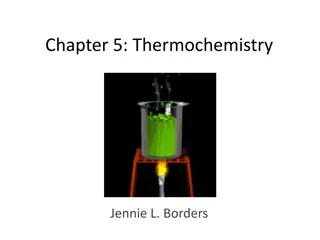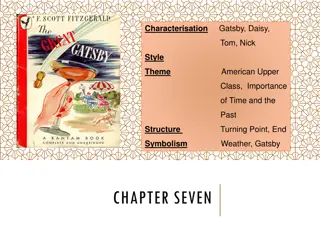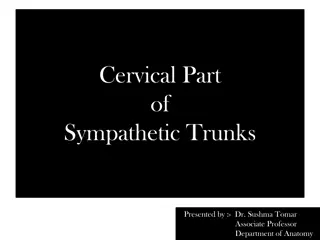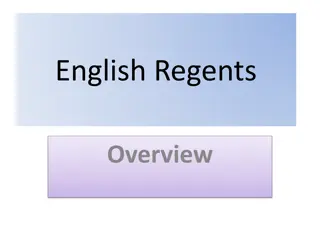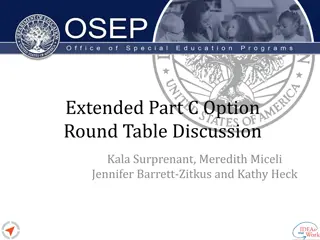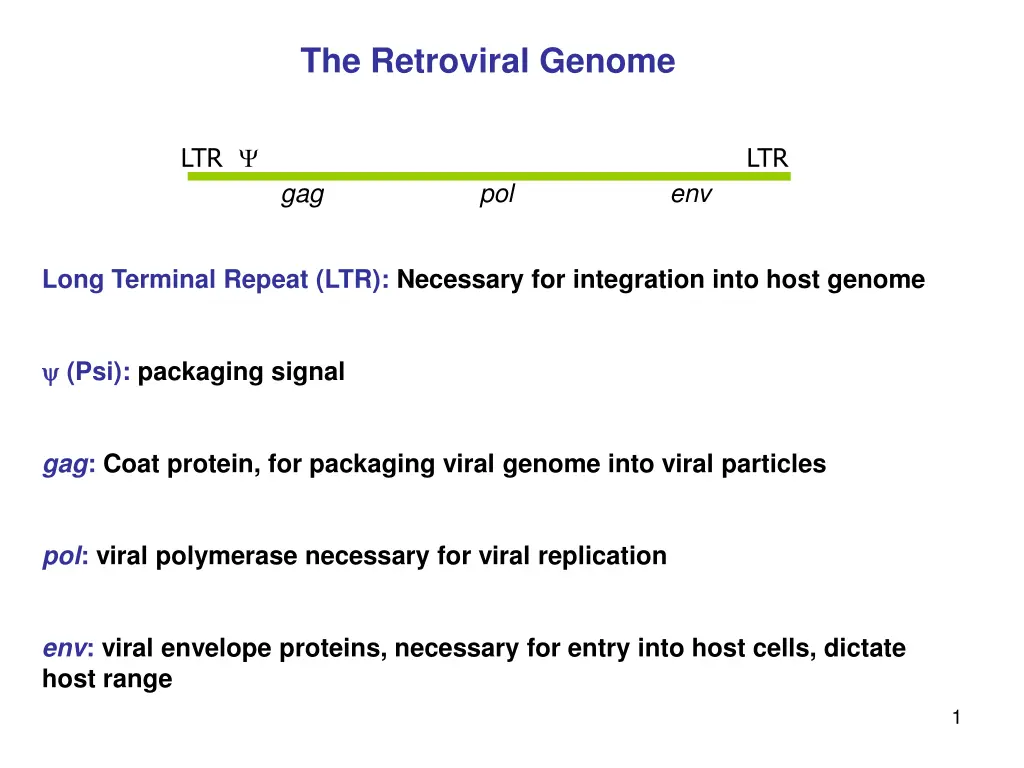
Retroviral Genome Components and Vector Design Explained
Learn about the essential components of a retroviral genome - LTR, gag, pol, env - and the design of replication incompetent vectors for gene transfer studies. Discover the process of transfecting cells with plasmids to produce viral particles carrying genes of interest, which can then be used for genetic studies.
Download Presentation

Please find below an Image/Link to download the presentation.
The content on the website is provided AS IS for your information and personal use only. It may not be sold, licensed, or shared on other websites without obtaining consent from the author. If you encounter any issues during the download, it is possible that the publisher has removed the file from their server.
You are allowed to download the files provided on this website for personal or commercial use, subject to the condition that they are used lawfully. All files are the property of their respective owners.
The content on the website is provided AS IS for your information and personal use only. It may not be sold, licensed, or shared on other websites without obtaining consent from the author.
E N D
Presentation Transcript
The Retroviral Genome LTR LTR gag pol env Long Terminal Repeat (LTR): Necessary for integration into host genome (Psi): packaging signal gag: Coat protein, for packaging viral genome into viral particles pol: viral polymerase necessary for viral replication env: viral envelope proteins, necessary for entry into host cells, dictate host range 1
Design of Replication IncompetentVectors The viral vector is reduced to a transfer vector without gag, pol, env, but has instead the gene(s) of interest Removed functions are provided by other complementing vectors. gene of interest, selectable marker LTR LTR gag pol env Envelope Packaging Vector Transfer Vector Vector with genes of interest (GOI) 2
Transfection of cells with the three plasmids results in production of viral particles with GOI RNA The three plasmids containing the viral genome components are transfected into the packaging line to create the infectious viral particles. Multiple plasmids are used to prevent reconstitution of a replication competent virus. 3 www.sigma.com/RNAI
The viral particles with GOI RNA can be harvested and used to transfect cells under study RNA is reverse transcribed into DNA, DNA integrated into chromosome Genes of interest expressed, and the effect of protein recorded Record effect/ phenotype 4





